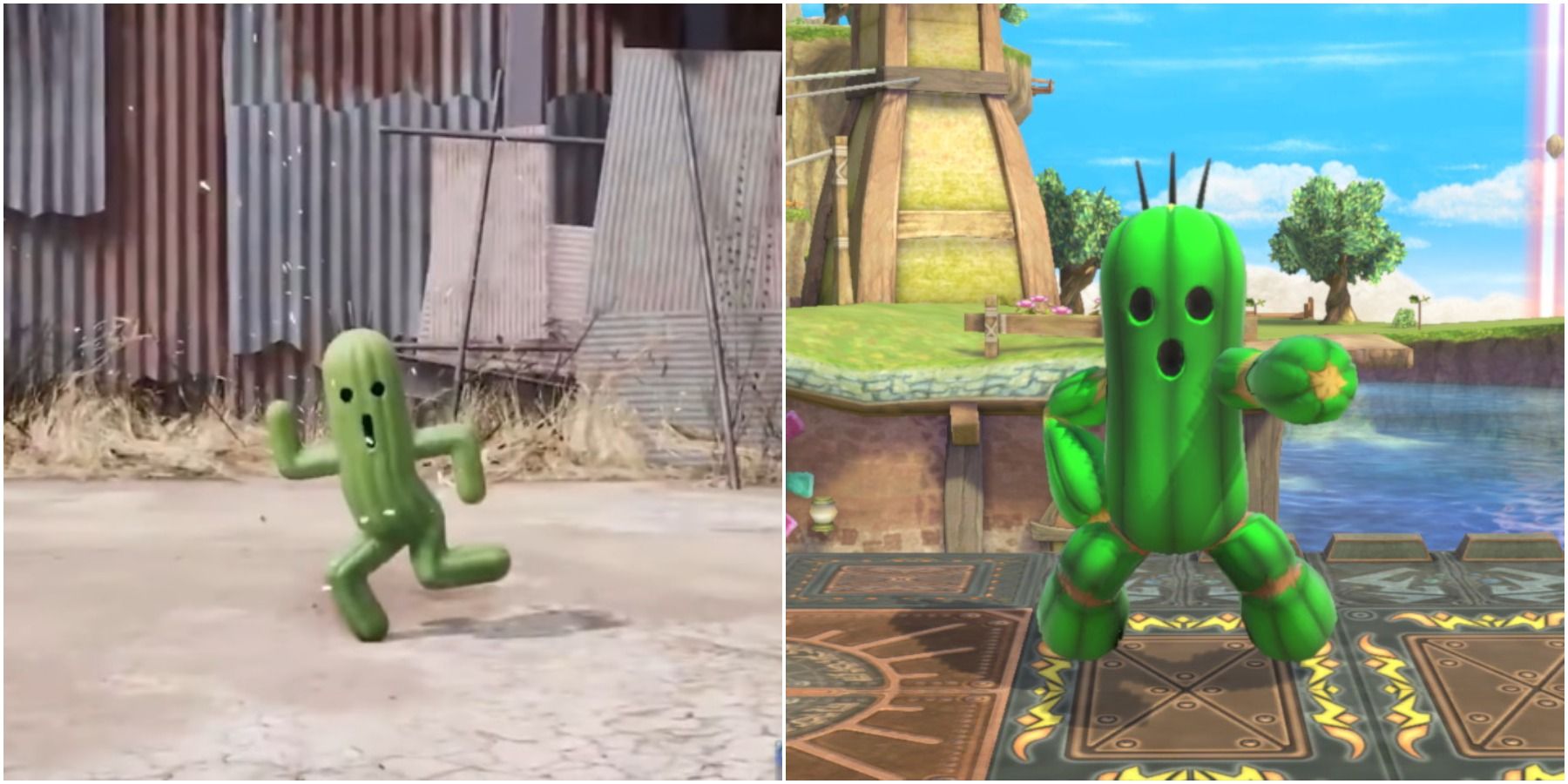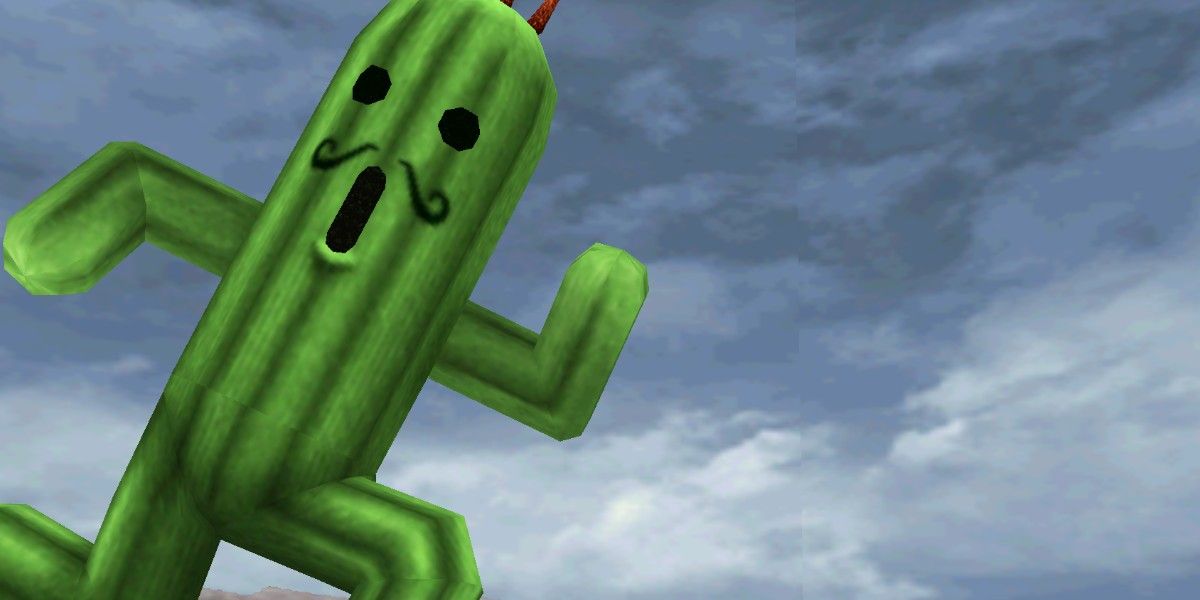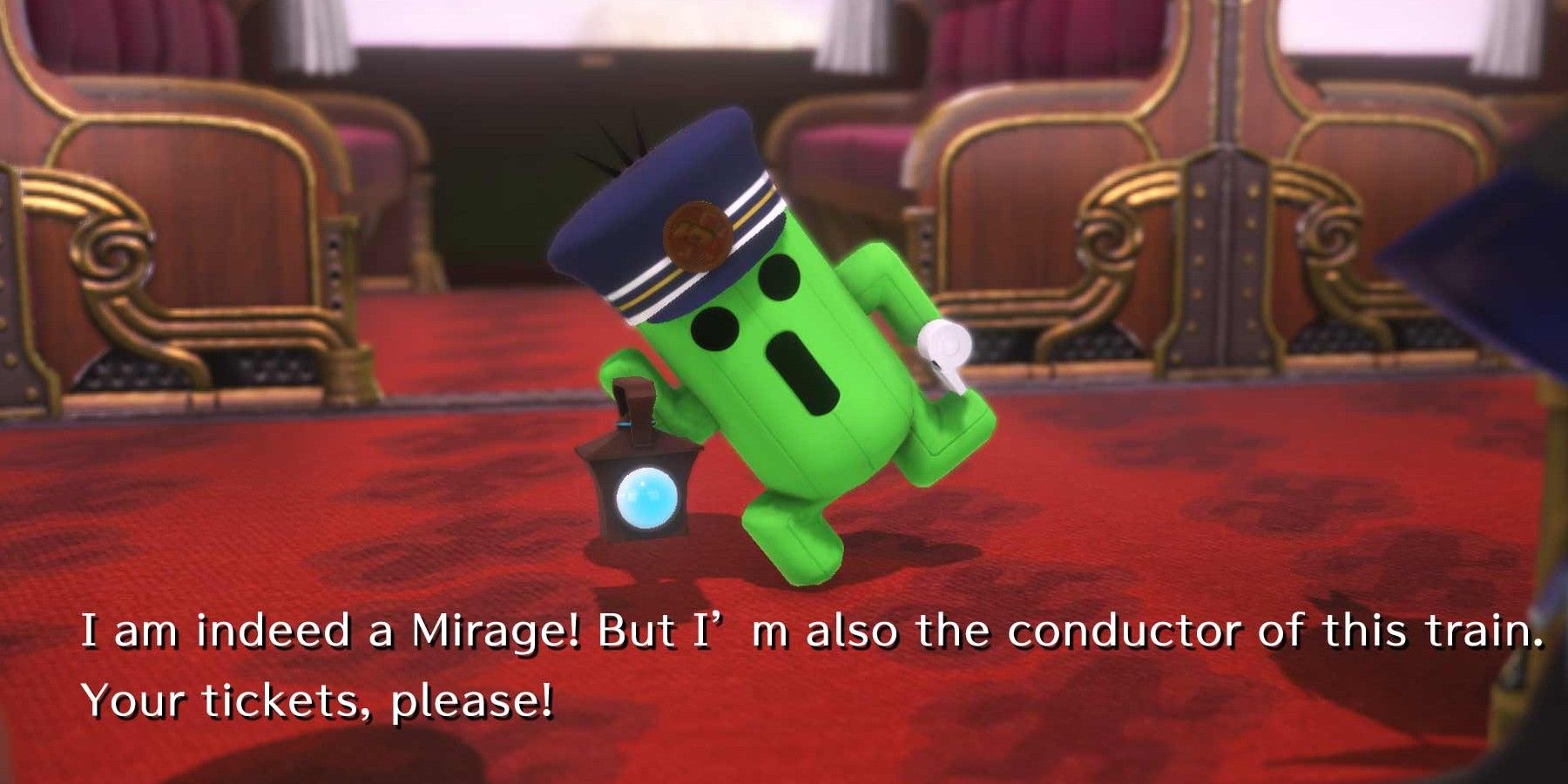Also known as sabotenders, cactuar are one of the unique mascots of Final Fantasy. They stand next to chocobo and moogles as one of the recurring creatures in many games. Unlike chocobo and moogles though, cactuar were not made by Koichi Ishii, they were instead designed by Tetsuya Nomura; one of the lead designers, directors, and artists of Final Fantasy and Kingdom Hearts.
Cactuar also appeared later compared to the other mascots of the Final Fantasy series, first showing up in Final Fantasy 6. Since then, they have been everywhere - in both Final Fantasy and even games like Dragon Quest 10, Monster Strike, Mario Sports Mix, Monster Hunter World, Rise of Mana, Roblox, and Kingdom Hearts. That said, many would not guess this colossal cactus figure had humble beginnings, first appearing in the notebook of a high schooler.
How Cactuar Began
The origin of cactuar was shared in a 1997 issue of V-Jump, saying Nomura based the creatures on a doodle he had in his high school notebook. He worked on Final Fantasy 6 as a graphic director, making characters such as Shadow and Setzer. His cactuar also made it into the game, but they were a little different from the creature fans know of today. In the original SNES translation, they were called cactrots. They did already have traits that would stick with them throughout all the games though, such as their trademark attack: one thousand needles.
Outside of Japan, not many fans are familiar with "haniwa," which are what cactuar resemble. Haniwa date back to Japan's Kofun period, and were clay figures often were buried with the dead. A popular theory is that haniwa were made to house the soul of the deceased. These figures have served as inspiration for numerous things in games, including Animal Crossing gyroids, Dragon Quest's earthernwarriors, and cappies in Kirby.
While cactuar designs resemble haniwa, most of their design is associated with cacti. Their needle attacks are one example, as is their name. Their Japanese name, sabotender, is a combination of the Japanese word for cactus and the English word "pretender." The English cactuar is not so different, combining the English words "cactus" and "liar."
How Cactuar Developed Through The Series
After Final Fantasy 6, it was rare to find a Final Fantasy game without cactuar. They often either had roles as enemies or as characters in the Gold Saucer. Sometimes their names varied, for example they were called "kactuer" in Crisis Core and there were "qactuar" in Final Fantasy 10. In some games, such as Chocobo World, cactuar got more friendly roles, such as being a friend of the protagonist, and in World of Final Fantasy one was actually a train conductor.
Their designs have had subtle differences between games, but there were particular games that had big differences. In Final Fantasy 11, they looked far more monstrous than cute, and their bodies deviated to look more humanoid without the iconic tilted pose. For Final Fantasy 12, they had much rounder shapes with actual needles visible all over their bodies. In recent games, like Final Fantasy 14: Shadowbringers, there are also cactuar that are far more plant-like with many different cacti limbs on their heads.
Cactuar have been friends, enemies, summons, costumes, mounts, bosses, and merchandise throughout the Final Fantasy series, and their creator is still quite active in Square Enix as a game director and character designer. When more games come out, it will be always fun to see the cactuar and what roles they will take up next.



